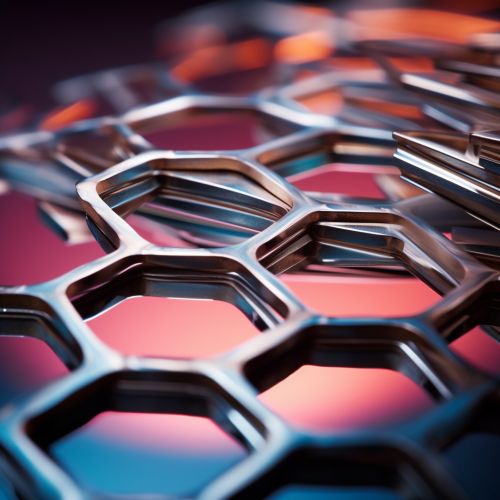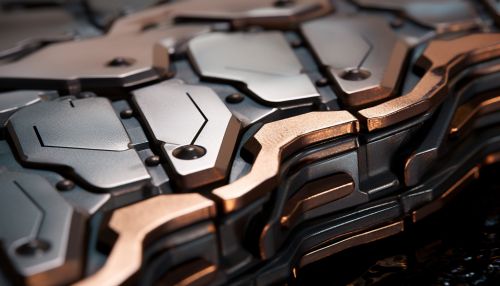Shape memory alloys
Introduction
Shape memory alloys (SMAs) are a unique class of metal alloys that have the ability to return to their original shape after being deformed. This property, known as shape memory effect, is a result of a reversible phase transformation that occurs in the alloy. SMAs have found wide applications in various fields such as biomedical, aerospace, and robotics due to their unique properties.


History
The phenomenon of shape memory effect was first observed in the 1930s in a gold-cadmium alloy. However, the term "shape memory alloy" was not coined until the 1960s with the discovery of Nickel-Titanium (NiTi) alloys, also known as Nitinol. Nitinol is the most widely used SMA due to its superior shape memory effect and biocompatibility.
Structure and Mechanism
The unique properties of SMAs are a result of a phase transformation that occurs in the alloy. This transformation is between two phases: martensite and austenite. The martensite phase is a low-temperature, low-symmetry phase that can be easily deformed. The austenite phase is a high-temperature, high-symmetry phase that is the original shape of the alloy.
When an SMA is cooled, it transforms from the austenite phase to the martensite phase. This transformation is accompanied by a change in the crystal structure of the alloy, which allows it to be deformed. When the alloy is heated, it transforms back to the austenite phase, and the alloy returns to its original shape.
Properties
SMAs have several unique properties that make them suitable for various applications. These properties include:
- Shape memory effect: The ability of the alloy to return to its original shape after being deformed.
- Superelasticity: The ability of the alloy to undergo large deformations and return to its original shape without the need for heating.
- High damping capacity: The ability of the alloy to absorb energy, which makes it useful in applications such as vibration damping.
- Biocompatibility: The compatibility of the alloy with biological systems, which makes it suitable for biomedical applications.
Applications
SMAs have found wide applications in various fields due to their unique properties. Some of these applications include:
- Biomedical: SMAs are used in various biomedical devices such as orthodontic braces, stents, and surgical sutures due to their biocompatibility and shape memory effect.
- Aerospace: SMAs are used in aerospace applications such as actuators for satellite antennas and morphing structures due to their high damping capacity and shape memory effect.
- Robotics: SMAs are used in robotics for the development of artificial muscles due to their superelasticity and shape memory effect.
Future Developments
Research is ongoing to develop new SMAs with improved properties and to find new applications for these alloys. Some areas of research include the development of high-temperature SMAs for use in aerospace applications, the development of magnetic SMAs for use in actuators, and the development of biodegradable SMAs for use in biomedical applications.
